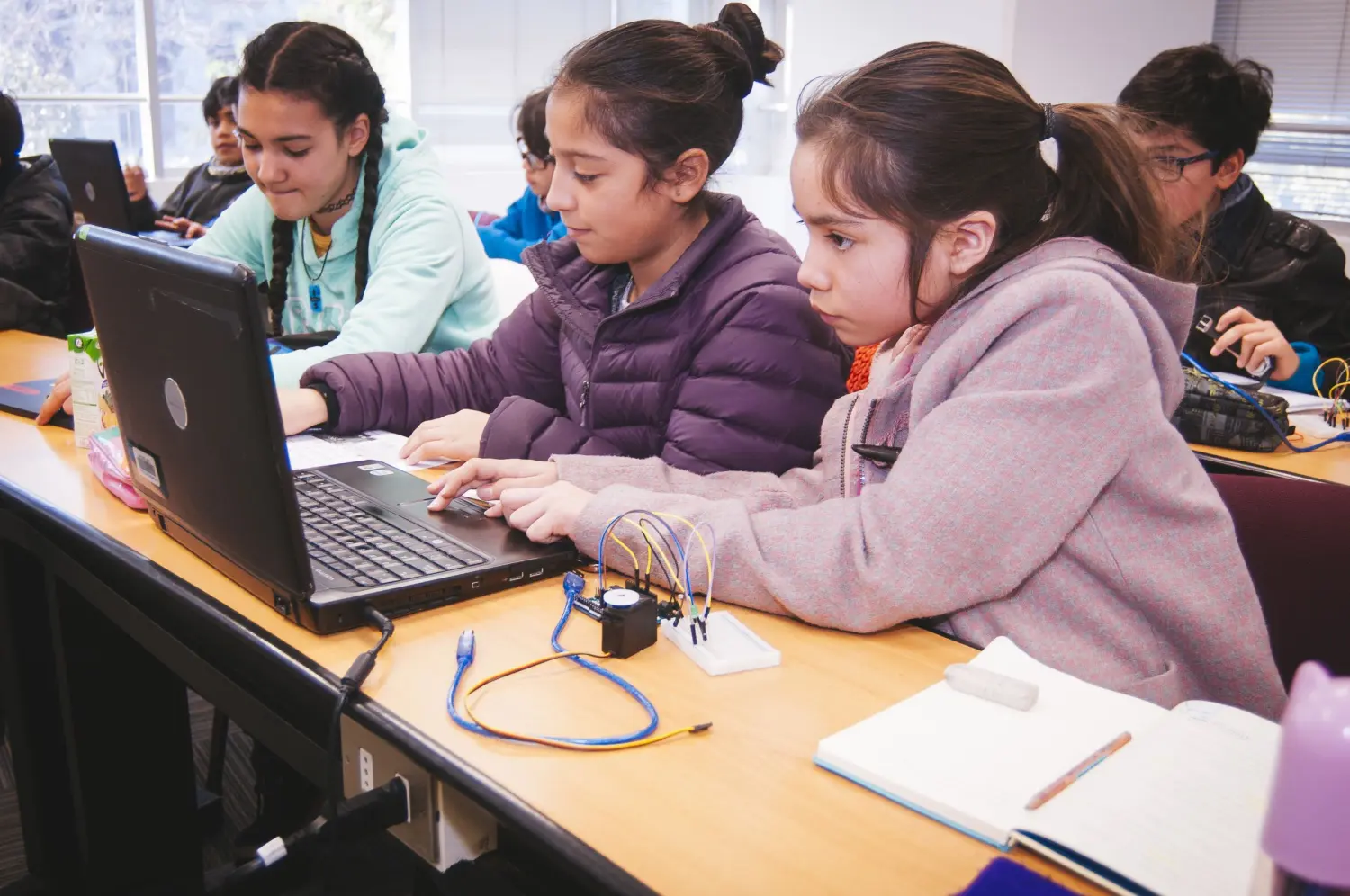This case study is part of a series examining computer science education programs from diverse regions and circumstances that have been implemented to varying levels of success.
Computer science (CS) education helps students acquire skills such as computational thinking, problem-solving, and collaboration. It has been linked with higher rates of college enrollment (Brown & Brown, 2020; Salehi, Wang, Toorawa, & Wieman, 2020), and a recent randomized control trial showed that lessons in computational thinking improved student response inhibition, planning, and coding skills (Arfé et al., 2020). Since these skills take preeminence in the rapidly changing 21st century, CS education promises to significantly enhance student preparedness for the future of work and active citizenship.
CS education can also reduce skills inequality if education systems make a concerted effort to ensure that all students have equitable access to curricula that provide them with the needed breadth of skills—regardless of their gender, ethnicity, or socioeconomic status.
Based on prior analyses and expert consultations, we selected 11 CS-education country, state, and provincial case studies with lessons that can broadly apply to other education systems. These cases come from diverse global regions and circumstances and have implemented CS education programs for various periods of time and to different levels of success. As such, we have examined information to extract lessons that can lead to successful implementation.
This particular study will examine how Chile is training a future workforce of creative problem-solvers to maintain its status as one of the higher-income countries in Latin America. To accomplish this goal, the Ministry of Education designed the National Plan for Digital Languages to prepare students to compete in an increasingly digital global economy. Now in the early stages of implementing this plan, the government seeks to increase the number of students learning about CS and computational thinking in the coming years.
An overview of CS education in Chile
Chile has been preparing its schools, teachers, and students for CS education for many years. The federal education program, Enlaces, introduced digital devices and internet connectivity to nearly all schools in the 1990s and early 2000s. While this infrastructure was not originally intended for CS lessons, educators have used these devices for CS and computational thinking lessons in the last few years. Even more recently, the Ministry of Education’s Innovation Center and NGO partners have also run programs and introduced online platforms to train teachers in computational thinking, programming, and project-based learning (Jara et al., 2018). Even without mandating that schools adopt any of these activities, the government estimates that about half of primary schools will offer computational thinking lessons by 2022. Yet, despite the Ministry of Education’s and partners’ efforts, CS education in Chile has not developed as hoped.
Lessons learned
- Though Enlaces gained more political and financial support over time, it lost flexibility to implement new projects. This may have delayed the progress of CS education.
- The Ministry of Education leans on private companies and nonprofit partners for expertise in teacher training and student engagement activities. However, regular funding and stable training programs, including for preservice teachers, are needed for better quality and more widely available CS education.
- Chile does not require schools to teach CS but encourages and supports educators that want to include the subjects in their classroom activities. While this mitigates the possibility of alienating teachers who are unfamiliar with the subject, it also risks low-scale and unequal access to CS education.




